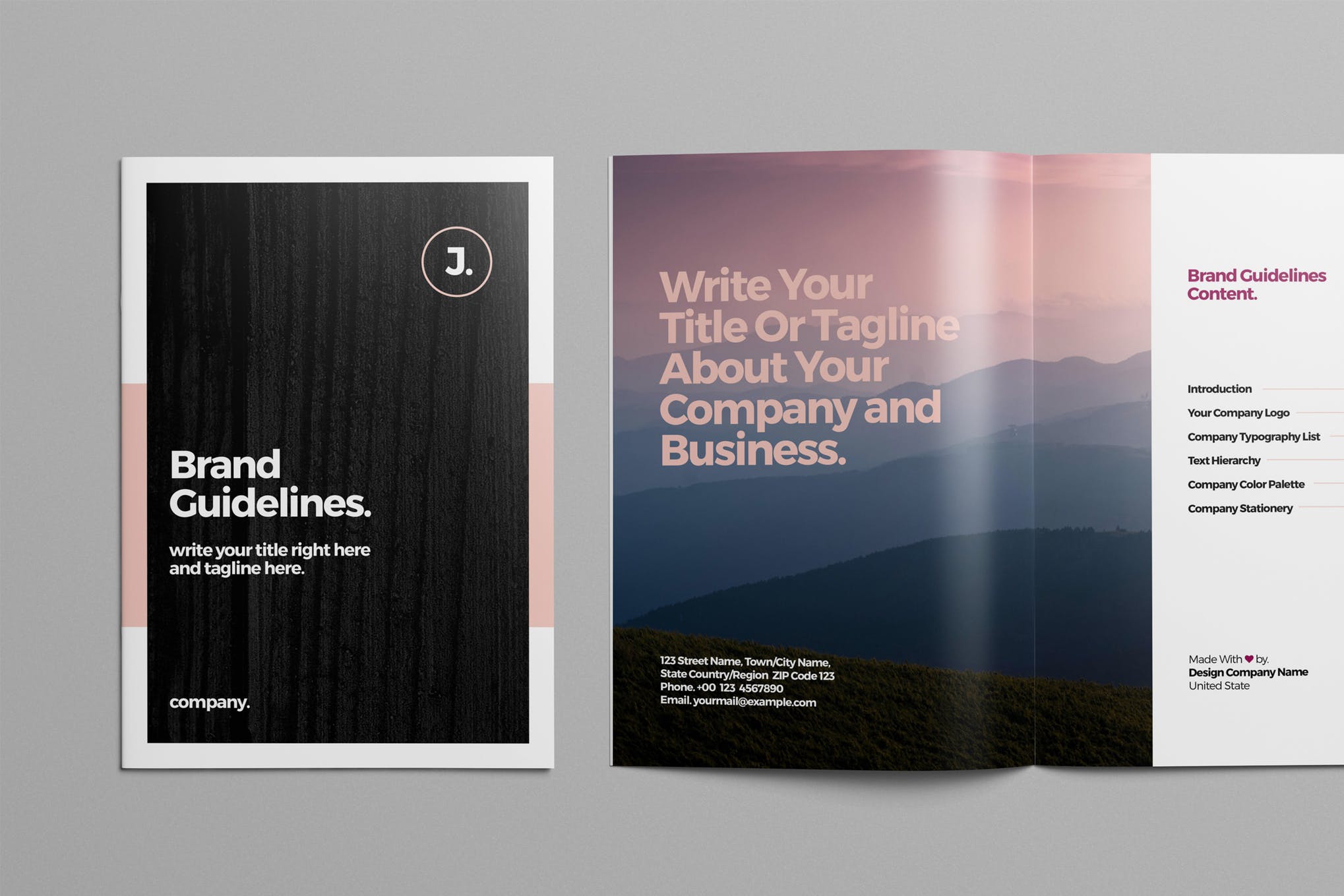We all understand the importance of brand guidelines in today’s world, and when I say we, I am referencing designers, agency heads and business owners alike.
The need to have an adaptable visual brand identity is more important than ever, so therefore having the tools to hand to help keep that visual identity consistent is just basic common sense.
So what are the tools and which one is the best to choose. Well, of course this comes down to your individual needs and possibly your budget. The standard platforms are PDF or online via a custom site, the latter being the new player. To help assist we’ve complied the pros and cons to each, so you can make your own call.
PDF – the pros
If you’re a design agency or designer without coding experience it’s the the obvious platform you choose. You understand the software to create a set of guides easily, usually in Adobe Indesign or Illustrator. Amending and editing can be quick and simple and something you can squeeze in between other jobs…sometimes!
You can add some brand flavour and design pages that help sell the vision while still explaining how to implement it. If you have the time or budget, it can be made interactive to help the user navigate from section to section if required. If built correctly and not too big in multiple sections and size you can distribute via email as required. All in, it’s a valid solution, but there are limitations.
PDF – the cons
There are a few with PDFs as your chosen platform. Time and therefore costs as probably the biggest to all business owners. The creation of designing and crafting how to use the brand does take time, to make sure it’s easily understood and easy to implement. Creating and adapting content and rules around the brand identity can be complex and very time consuming, especially writing around the dos and don’ts. Then you have the design of the document, because you have to make it look cool right!
Another bugbear is version control and asset storage. Every little or big update requires a new PDF, yes it’s quick and simple to do but tracking the latest version and knowing the client and there suppliers are all working from the correct version can be a nightmare. Even keeping your internal filing structure in tact can be problematic. Asset control can be tedious work and always required when that pending deadline is on you. Searching your server or filing system for that one particular logo or colour breakdown the client needs urgently can challenge even the most organised of us and the costs of staff time doing this is never in scope and worth bearing in mind for the bigger picture of good client relations.
So how does an online platform fare?
Online – the pros
We live in a digital age where time is a commodity. Clients and suppliers are on tight deadlines, just as you are. So the need to access brand assets and information quickly is more than a wishlist item, it’s a must have, not to mention it’s how we all work these days.
An online platform can solve this in a smart and efficient way to suit all parties. For starters you can store all your assets in one location with easy access to download from anywhere in the world. Never get bogged down with searching file types for clients again, saving you time and money.
Accessing correct colour breakdowns or finding the corporate font can be achieved within a few clicks and very easy to update if things do change. Just imagine the time saved by simply downloading a pre made ASE colour file!
Then there’s version control, an online guidelines site means there’s only one version out there, allowing you to know you have the most up to date version without the need for checking.
There are also the benefits of understanding imagery requirements and even accessing them. How about downloading preset templates or how to set brochure styles or simply understanding any approval processes in advance, making sure deadlines are always met or flagged in advance.
So, what are the cons we hear you ask?
Online – the cons
Well as stated earlier, if you have no coding skills in house, an online platform will certainly be a challenge if building from scratch. There are some really great online platforms to somewhat save you though, all with varying points of difference to meet your expectations and needs. Even through templated platforms it may seem a little hard in the beginning but they are easy to figure out and the more you do them, the quicker it becomes, hell you sussed out photoshop so this should be a doddle right!
To finalise, When weighing up the pros and cons on both platforms for your brand guidelines, it’s important to keep the end user in mind, after all it’s those people who will use it the most. Whether you choose a PDF or opt for a digital platform, thinking ahead and planning for the future must be considered.
For online guidelines that are affordable and flexible to all sizes brands check out Brandora.site


